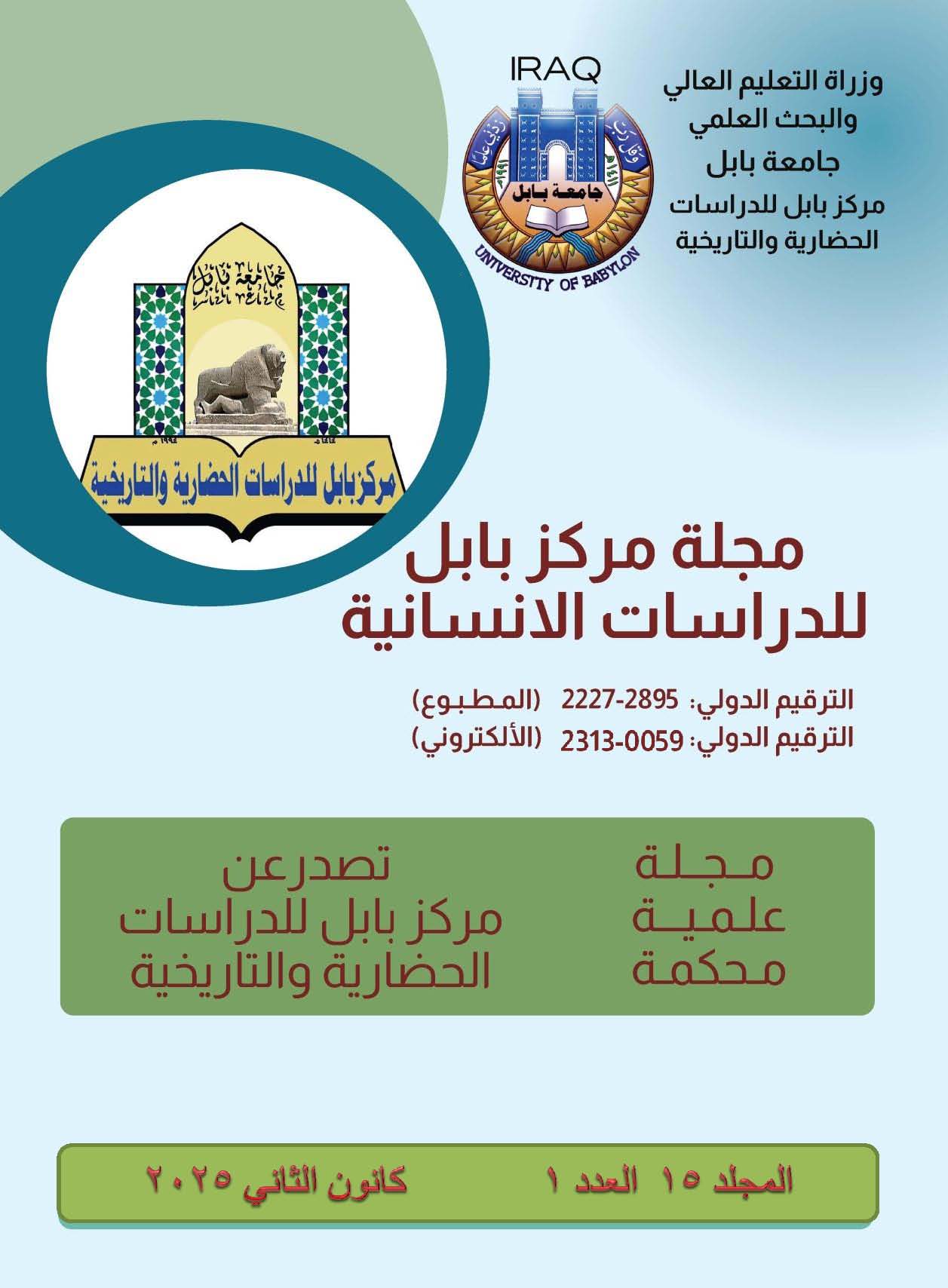Spatial analysis of some urban indicators of the residential reality in Al Qasim city for the year 2023
Keywords:
Housing unit, building materials, design, slums, evaluationAbstract
for each stage. The study also addressed the impact of natural and human geographical characteristics on the emergence of the city, and studied the city's geographical and astronomical location. The study adopted the historical approach, the fundamentalist approach, and the analytical approach. The study showed that the city consists of (9) sectors that include (20) residential neighborhoods. The city's population estimates for the year (2023) amounted to about (92,613), with an area estimated at about (1,308,27) hectares. The study relied on office data, data from the relevant departments, field studies, and data collection. The questionnaire form was distributed to the residential neighborhoods according to the sample size, as the city community consisted of (11,939) dwellings and (14,195) families. The study showed the most suitable neighborhoods for housing through urban and human indicators. The study concluded that many residential units are not included in the basic design of the city, which led to an increase in slums. The optimal direction for expansion and the best types of growth in the city is the controlled city growth model. In addition, the study referred to the problems that residential units suffer from, such as high prices, high wages, etc. As for future trends, the study expanded the city’s population in the year (2033) to (119,714) people by relying on population estimates for the year (2023) as a base year. The study clarified the city’s future need for community and basic services, and the study reached a set of recommendations and conclusions that contribute to making the city more suitable for housing.







